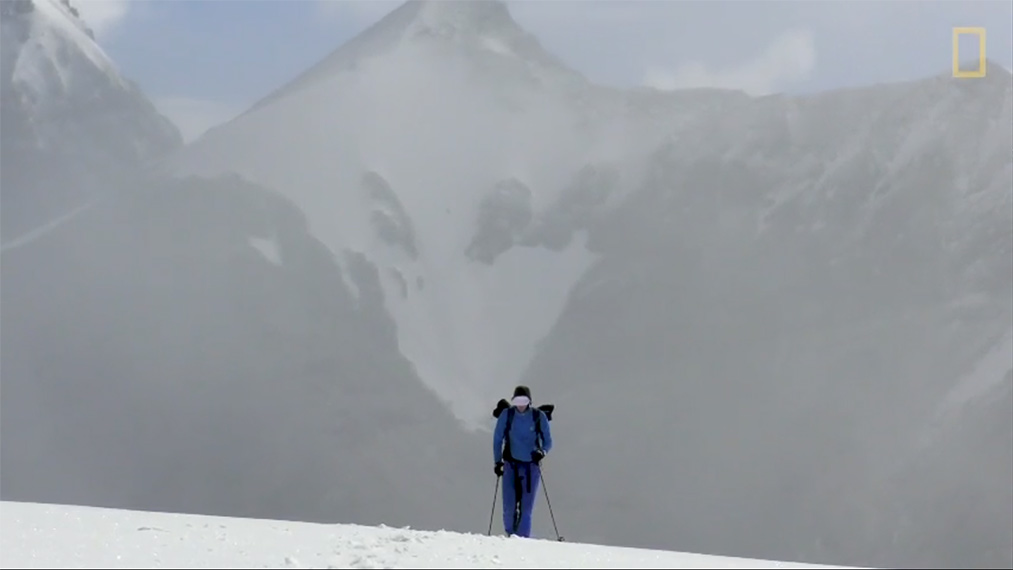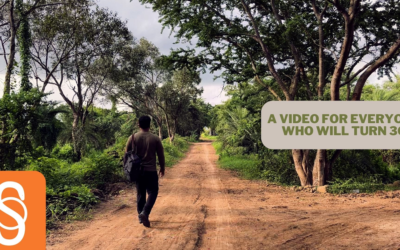Each year National Geographic announces a list of adventurers of the year, honoring people’s achievement in
Adventure sports, humanitarianism, conservation and exploration.
Photographers, scientists, ultra-marathon runners, rock climbers, mountaineers, and humanitarians were nominated this year by the winners of the previous Adventurer of the year award.
This post is about one of the 8 honourees who won this amazing award for pushing what is possible and exploring which hasn’t.
Mountain runner Kilian Jornet in an attempt to have the Fastest Known Time (FKT) in an ascent around the Mount Everest from the Tibetan side, achieved a remarkable feat of Two Everest summits without supplemental oxygen in about 5 days.
Two 8,848 meters summits in a single week to be exact.
Before that, while preparing for Everest and getting accustomed to the conditions there he climbed Cho Oyu the 6th largest mountain in the world, Which falls on the Nepal-China border and is 8,188 meters tall.
In a nutshell 3 above 8000 meters summit in a single month. Which quite fairly is very remarkable, Even though you and I cannot comprehend the difficulty it takes to climb a cold mountain that high, from the general sense we have got, we understand this isn’t easy.
Walking up a fleet of staircase on a hot summer day can give you some idea. Other than that, without experiencing something, we humans cannot comprehend much beyond our own comfort zone because of our cognitive scope limitation.
“Human beings aren’t built to function at the cruising altitude of a 747,” the voice in the trailer for the film “Everest” warns. “Our bodies will be literally dying.”
Writes Ashley Strickland for CNN.
So after a Solo climb on Everest, with no ropes, no supplemental oxygen, and other related aids, Kilian Jornet completed his run in just 17 hours. Where it usually takes weeks of acclimatization and full climbing support.
Resting heart rate and Fitness
Andrew Bisharat mentions that Jornet is physiologically gifted. With a Vo2max of 92ml/kg/min, he has one of the highest rates ever recorded. Whereas an average human being can have a Vo2max ranging anywhere from 30ml/kg/min to 60.
“VO2 max is the maximum amount of oxygen your body can utilize during exercise. It’s a combination of how much oxygen-rich blood your heart can pump and the muscles efficiency in extracting and utilizing the oxygen.”
Writes Coach Jeff in his article about Vo2max for runners.
In the source article on National Geographic, we also get to know that at 33bmp Kilian Jornet’s heart rate is absurdly low. He trains for 1200 hours a week and sleeps merely for 7 hours a night. Apart from training, diet and nutrition play a major role. I wonder what his diet plan looks like.
Jornet credits a lot of his successful adventures to his ability to recover faster.
When things like the ability to recover faster, climbing Mount Everest without supplemental oxygen and a staggeringly low bpm was mentioned it brought my attention to and really piqued my curiosity about the connection between all of them.
And that is why I thought of writing about it.
The whole point of this article is, that if you oxygenate your blood properly, have a good amount of red blood cells and your resting heart rate is lower, you can tackle a lot of physically demanding challenges in life easily. Or work really efficiently in your everyday life.
In an excerpt from the book “Heart rate training” on the humankinetics.com the author wrote explaining how a low bpm can signal fitness,
Miguel Indurain, five-time winner of the Tour de France, reported a resting heart rate of only 28 bpm. The reason for this is that, with appropriate training, the heart muscle increases in both size and strength. The stronger heart moves more blood with each beat (this is called stroke volume) and therefore can do the same amount of work with fewer beats. As you get fitter, your resting heart rate should get lower.
Pranayama and Yogis
Yogis from the Indian sub-continent have been known to stay in the freezing cold of Himalaya’s unscathed and untamed. From the lore and stories which I have heard, I know of a practice in which the Guru instructs the disciples in various yogic and Hatha-Yoga disciplines and later as a test, asking them to dry a wet woolen blanket soaked in the freezing Himalayan Rivers.
All that with just the heat of their own body. We can presume and have heard of people using Yoga to consciously control their physical and psychic states, achieving astonishing feats which are normally impossible.
Now I don’t mean you to go out chasing such extreme experiences for yourself but what I would like to bring to your attention is the immense potential carried by Yoga and how it can help you change yourself to a micro level.
I am sure a lot of us have heard about people bringing down their heart rate or completely stopping it by using Yogic techniques.
“The mammalian diving reflex optimizes respiration which allows mammals to stay underwater for a long time. It is seen most in aquatic mammals, but exists in a weaker version in other mammals, including humans.”
Writes Simon Borg-Olivier while describing the details of his video demonstration on how to slow the heart rate from 88 beats to 32 beats per minute in 45 seconds.
Which is very well close to the 28bpm achieved by Miguel Indurain and 33bpm by Kilian Jornet.
This ability of his has certainly come from practicing Yoga for a long time.
He wrote that he has been practicing Uddiyan Bandha since 1968.
Uddiyan Bandha is the only practice in Hatha Yoga which stretches your respiratory diaphragm and which in return enables you to breathe fuller and exhale completely. More on Uddiyan Bandha here.
Yoga and Pranayama have also shown to increase heart rate variability, heart rate variability is simply the irregularities in the time interval of your heart beats. If there isn’t much time fluctuation between a pair of heartbeats, then your HRV is low.
Generally, a higher time interval between your breaths and inconsistent time intervals of your heart beats are an indicator of a high HRV, which is good.
Your recovery, health, and fitness are all affected by your HRV.
The benefits of doing pranayama are far-reaching and if you read the highlighted article, you will see that I make a point about, how an unsteady breath equals to an unsteady mind. How your breaths become deeper and fuller and therefore in return you breathe slowly. Consistent practice of pranayama increases the time interval between your two breaths, increasing your overall longevity and recovery.
So even though Jornet is gifted, his feats are not altogether out of reach for us. They are very much attainable with discipline.
Continuing with Simon Borg-Olivier,
“The slowing of heartbeat (bradycardia) is the first response from the diving reflex. Immediately upon facial contact with cold water, the human heart rate slows down ten to twenty-five percent. Some sea animals such as seals can go from about 125 beats per minute to as low as 10 when they are diving. Making the heart rate slow down lessens the need for bloodstream oxygen, and leaves more to be used by the brain and the heart.”
“Upon facial contact with cold water, the human heart rate slows down ten to twenty-five percent.” Could be really useful in a first aid situation in case, someone around you suffers from high blood pressure.
This related use isn’t fact-checked in this regard but I think it indeed has given us something to think upon.
Practical application
I personally have been practicing pranayama for at least the past decade now. I have sometimes noticed myself not breathing for as long as 30 seconds to a minute. Yet perfectly at ease with what I am doing.
I found the book “heart rate training” while I was researching this topic and it opened up a whole avenue of new fitness prospects to learn. In a review, I read on amazon.com a 66 years old man spoke about being able to run again consistently by training as per his heart rate.
A new true measure of cardiovascular fitness was found, the resting heart rate.
Minute changes in your heart beats can also tell you a lot about your health in general.
When you should exercise, eat something or take a day off.
Diet and nutrition definitely play a huge role always but now you can really tweak your fitness regime for your personal needs and expect optimum results.
If you were not aware of pranayama, then you have discovered another gem in this world, feel lucky.
Combine all of this into a holistic and thoughtful approach as per your needs and you are great to go for a long time.
Conclusion
If you are conscious of performance and fitness and also looking forward to challenging something like the Everest, then all of this information is quite useful for you.
Other than that, the primary story is inspiring enough and gives us an insight into what is possible humanely if a human puts effort into something.





